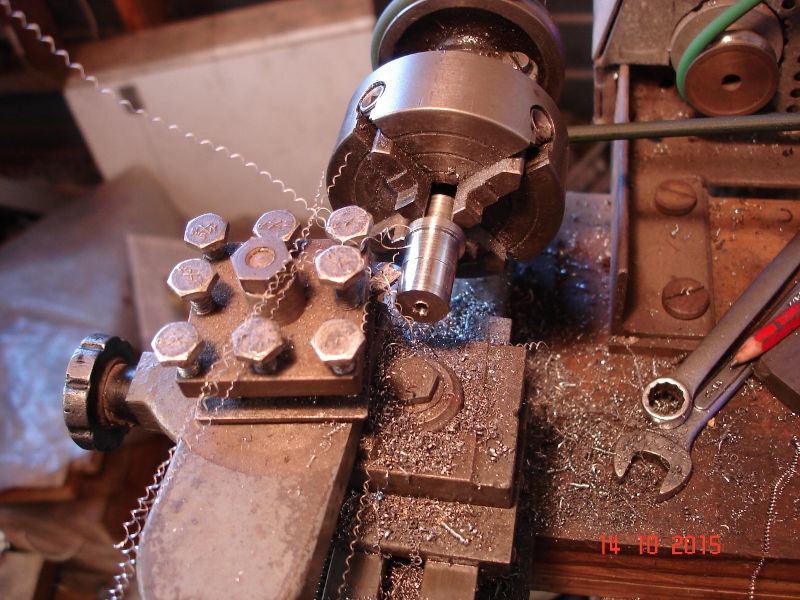Posted by Douglas Johnston on 17/02/2016 09:55:57:
Lists of the best lathes can be rather misleading if no account is taken of what the lathe will be used for. If you are machining big stuff then you need a big lathe and a Myford would be at the bottom of your list.
If however,like me, you are into small stuff then a Myford may well be at the top of your list. I have used a small Myford (Speed 10 ) for over 20 years and have rarely needed anything bigger and it suits me just fine. For a beginner a small lathe has many advantages, one of the most important being safety since they are more forgiving when you do something silly.
If you start with a small lathe you can easily upgrade if you want something bigger and by that time you will know exactly what type of lathe you want.
Doug
Wise words from Doug. I was building a car when I got my first lathe so the 3.5" Grayson I bought was on the face of it an unsuitable size choice, however i learnt a great deal on that lathe! often working at the absolute limits of its capacity. Most jobs were doable with a bit of ingenuity, but in hindsight painfully slow. Spent many a happy hour in front of it though, in between thumbing a greasy copy of Mr Spareys most excellent tome " The Amateurs Lathe"
I eventually upgraded to a Harrison L5a which brought a wealth of automation and convenience to the workshop. The ability to take heavy cuts without stalling the lathe, Norton screw cutting gearbox, 4 way toolpost, powered feeds etc, made jobs that would have taken hours or even days on the Grayson a doddle to complete. It also had a very useful boring table which I used for milling duties until I could afford a dedicated mill.
After many more years I was offered a Colchester Student 1800 at the right money, so reluctantly passed the Harrison on to a friend, the Colchester is another step up in convenience, DRO, QCTP, Cam lock chucks, inverter drive etc, however unlike the Harrison it doesn't feel like wearing a pair of old slippers yet.
Like many people these days I'm time poor, so appreciate the speed and convenience a more industrial sized machine affords, but to be honest it's not a necessity for many jobs, and in some ways I miss the challenge of making things on the little Grayson.
area3fitter.



 That's how I read it anyway. Not surprising really but I'd bet he could modify the pulleys if needed. Some one else bought a similar lathe and the low speed range had been reduced to circa 400max, usable but probably a bit irritating to some one who often works at higher rpm's – bigger cuts at larger diameters, other types of cut will just take longer. I think Jason's low speed range tops out at 800. They will have changed this to give lower speeds for screw cutting. Ok drives and motors have been known to let the smoke out on these but it doesn't seem to happen very often and spares are available. Where these machines may fall down is milling, no way to fasten a vertical slide. The main limit of milling this way is capacity but it does extend what can be made on a lathe rather a lot. A lathe used like this can often be more rigid than some cheap small light weight miller.
That's how I read it anyway. Not surprising really but I'd bet he could modify the pulleys if needed. Some one else bought a similar lathe and the low speed range had been reduced to circa 400max, usable but probably a bit irritating to some one who often works at higher rpm's – bigger cuts at larger diameters, other types of cut will just take longer. I think Jason's low speed range tops out at 800. They will have changed this to give lower speeds for screw cutting. Ok drives and motors have been known to let the smoke out on these but it doesn't seem to happen very often and spares are available. Where these machines may fall down is milling, no way to fasten a vertical slide. The main limit of milling this way is capacity but it does extend what can be made on a lathe rather a lot. A lathe used like this can often be more rigid than some cheap small light weight miller.

